A DAW, or digital audio workstation, is software used for music production. The software enables users to record audio on a computer. The minimum functions of a DAW are audio recording, editing, MIDI editing, mixing, and mastering. DAWs can be found in both professional recording studios and home studios.
The Five Functions of a Digital Audio Workstation
Digital audio workstations convert analog audio into a digital sequence processed on a computer.
With a digital audio workstation you can:
- Records and edits audio – DAWs have audio sequencers that allow users to record various tracks and play them back altogether. Users can cut, copy, and paste audio. Additionally, you can mute tracks and crossfade into one another.
- Play virtual instruments – digital audio workstations offer excellent tools like drum machines and virtual instruments compatible with a midi keyboard or midi controller. You can use virtual instruments to produce the sound of instruments like the violin, cello, piano, guitar, clarinet, drum set, and bass using MIDI commands.
- Experiment with audio effects – DAWs typically offer many effects processing features for audio files. Effects like delay, reverb, tremolo, compression, EQ, and echo come standard on a DAW. Some producers use third-party virtual studio technology (VST plugins) for specific effects.
- Mix and master audio tracks – digital audio workstations are used to make mixes and add final effects. Music producers sometimes take tracks recorded by another producer and put them in their DAWs to produce their version of the mix.
- Work on sound design and non-musical audio – You can use DAWs not just for music but any audio. Sound designers, ADR engineers, audio editors, and voiceover artists use DAW programs used by top music producers.
Types of DAWs
Let’s check out some of the most popular digital audio workstations in the market and find the right one for you:
Ableton Live

Ableton Live is a Digital Audio Workstation for MAC and Windows operating systems. Berlin-based Ableton developed the software. It is used for live performances more often than other software sequencers. In addition, Abelton is a tool for composing, recording, arranging, mixing, and mastering.
FL Studio

FL Studio, previously known as Fruity Loops, is a Digital Audio Workstation that the Belgian company, Image-Line, developed. FL Studio has a graphical user interface with a pattern-based music sequencer. This program is accessible in four versions for Microsoft Windows and MAC operating systems. Furthermore, FL Studio is a favorite among hip-hop and electronic producers because its interface makes beats quickly and easily.
Logic X Pro

Logic Pro X, also known as Apple Logic Pro, is a digital audio workstation and MIDI sequencer software for the MAC operating system. While most DAWs operates perfectly on both Windows and Mac operating systems unfortunately Logic Pro is not compatible with other operating systems. In conclusion, Apple Logic is a popular DAW that performs well with recorded audio, MIDI, and live drum looping.
ProTools
Pro Tools is digital audio workstation and MIDI sequencer software for the MAC and PC. This DAW is compatible with other operating systems. Pro Tools is a very powerful and high-quality DAW capable of professional applications. The software has been around since the ’90s and has become an industry-standard in recording studios worldwide.
Studio One
Studio One Prime is a DAW for composing, recording, editing, and mixing audio. This DAW has a valuable drag-and-drop functionality for recording musicians via MIDI or audio interface. In addition, studio One Prime comes with many virtual instruments to choose from, which is helpful if you are trying to save on studio space.
Benefits Of Using Digital Audio Workstations (DAWs)
There are many benefits to using digital audio workstations over analog hardware. DAWs are a daily tool used for studio recording, mixing, and mastering. They allow producers the opportunity to record audio in several different formats (wav or mp3) depending on preference. Also, you have much more control over your mixes because you can manually adjust your volumes for each track during mastering after recording. If you don’t have a DAW already, we recommend checking out Ableton, Logic Pro X, or ProTools to start.
As an audio editor, a DAW effectively edits digital audio material. You can cut, copy, splice, or mix sounds together using different effects. It’s also an editing tool compatible with most operating systems, so you can transfer projects between them without encountering compatibility issues. In addition, a DAW has tools to maximize the sound quality of your recordings. Some DAWs include compressors, limiters, delay effects, reverb effects, equalizers, and other audio effects.
You can also create different sounds from one instrument by using virtual effects and VSTs within your DAW. The use of music plugins gives your music production a professional, polished sound.
Conclusion

In conclusion, digital audio workstations are a tool in recording, mixing, and mastering to create music. They allow you to work with audio files quickly without purchasing expensive hardware or software. Of course, there’s still much value to be found in the full recording studio experience. Contact us today if you want more information about our studio!








